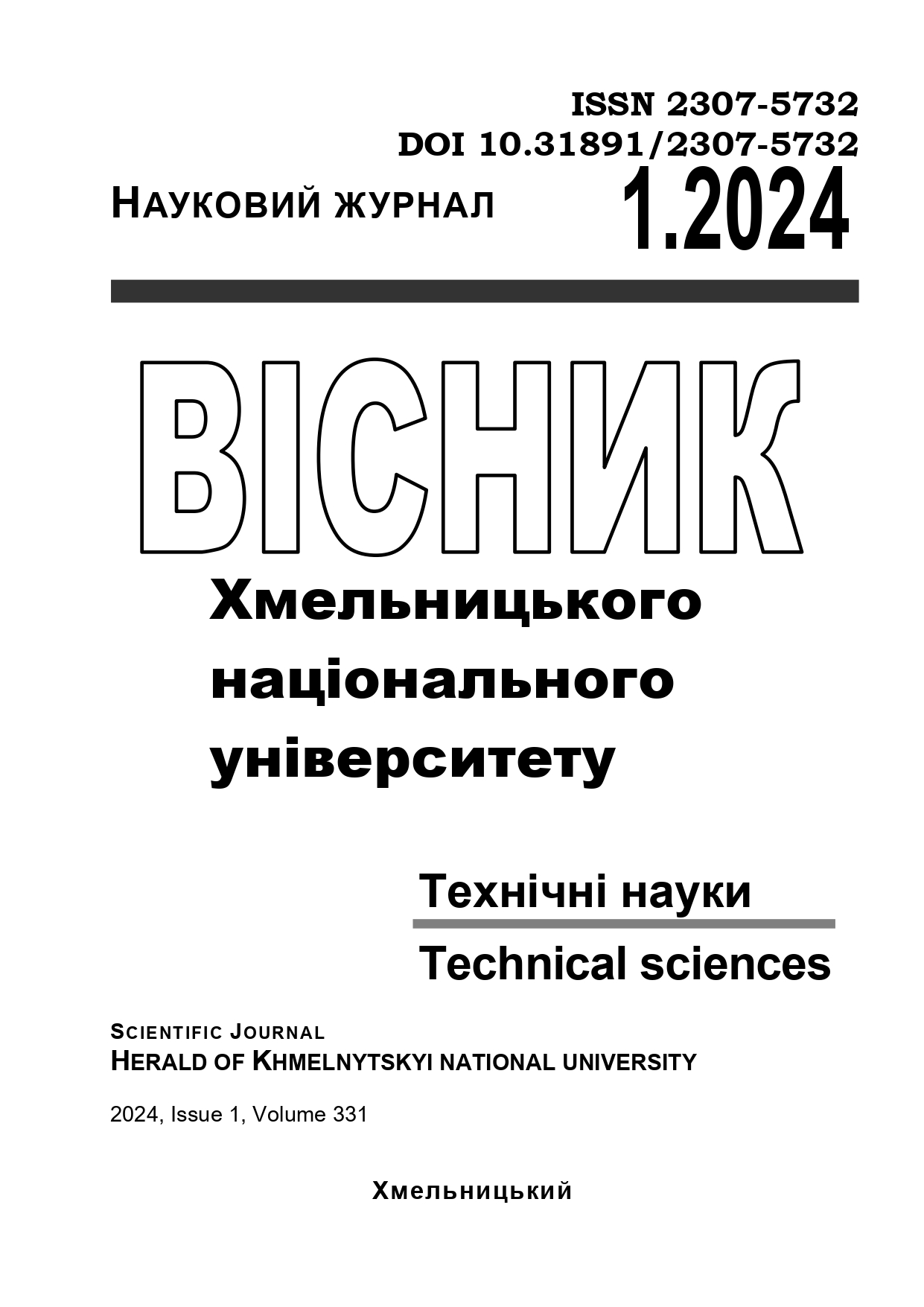OPTIMISATION OF LASER CUTTING MODES OF STAINLESS STEEL BY THE TAGUCHI METHOD
DOI:
https://doi.org/10.31891/2307-5732-2024-331-55Keywords:
laser cutting, laser cutting modes, orthogonal array, Taguchi method, stainless steel, roughness, geometric shape deviation, heat affected zoneAbstract
Today, laser cutting is widely used in the automotive, shipbuilding and other industries where aluminium, low-alloy and stainless steel are cut. The choice of a laser system for a cutting process is heavily influenced by criteria such as achieving high cutting speeds and maximising production productivity, which can help to achieve high quality cuts and eliminate the need for rework. Increasing the efficiency of the laser cutting process, as well as its flexibility and quality, can reduce production costs.
Machining stainless steel is associated with a number of difficulties, which, in turn, are caused by the material's properties. That is why laser cutting is one of the most effective methods of processing stainless steel. The quality of manufactured parts is inextricably linked to cutting modes.
The paper envisages the optimisation of stainless steel laser cutting modes using the Taguchi method. Such parameters of the cut as roughness, heat affected zone, and geometric shape deviation were studied. The studies were carried out on a Smart 3015 laser cutting machine. The control variables of laser cutting according to the Taguchi method and their influence on the response variables were determined.
According to the results of the studies, it was found that the smallest deviations in geometric shape, thermal impact zone, and surface roughness are achieved at a laser speed of 40 cm/min, laser power of 1000 W, frequency of 50 Hz, and gas pressure of 0.5 MPa. In addition, the percentage effect of each cutting parameter on the response variables was determined. A study using the Taguchi method showed that 80-90% of the influence is exerted by the laser power.

